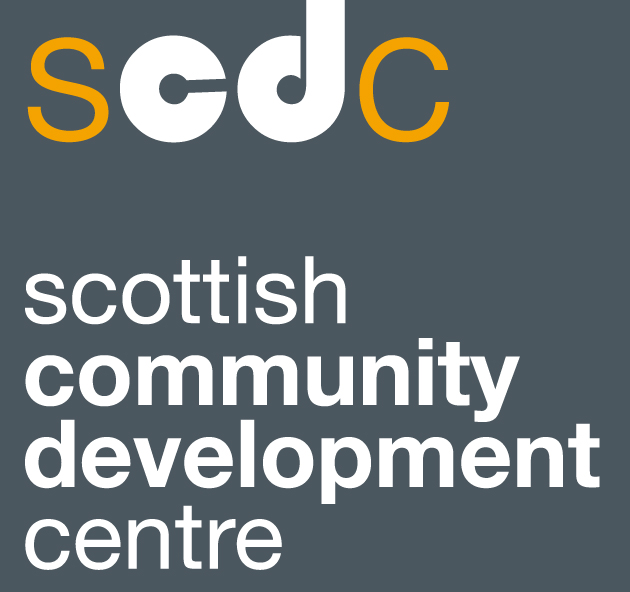Forming a group
/Organising around issues in order to make a participation request
Participation requests can be made by informal and formal (i.e. constituted) community groups.* But what if you are at an earlier stage than this and you have not formed a group? This short guide provides some advice and links to help you organise as the right kind of group to make a participation request.
*See section 3.18 of the Statutory Guidance for participation requests
Why do I need to be part of a group?
You need to be part of a group to make a participation request. The legislation doesn’t specify how many people should be in your group, although this number isn’t as important as being able to show you have the right experience of using the service to enable you to help improve it. At the same time, having more people in the group will help to show you have a range of relevant experience and reach into your community.
Being part of an organised group can also have the following benefits.
You will know who is committed to taking action with you and find it easier to agree who will do different tasks.
It helps to have regular meetings in place in which your activities can be planned and you can check on progress.
The wider community will find a named, organised group easier to relate to than if you are less organised.
Being an organised group with a name makes it easier to do other things that will help you, such as get funding.
Where to start?
Hopefully, you will know people in your community who want to see the same improvements to public services that you do. If you don’t, there may be existing groups or support organisations that share your interest or have the same background (A good way of finding out about support groups and organisations is to contact your local ‘third sector interface’ – see the advice and support section below).
If no existing groups or support exist locally, perhaps you could place an advert in the local library or other public venue. Social media is another useful way to find those who have similar concerns or ideas.
Once you have found like-minded people, you could arrange to meet informally at first and then start to think about how to take things forward. The sorts of things you might want to discuss at first are:
Who you are
You might know what you are trying to do, but others will want to know which community you represent, including people who aren’t in your group and anyone who makes decisions affecting you and your community.
Your community can be any of the following:
a community of place (e.g. a neighbourhood, village);
a community of identity (people who share similar experiences such as disabled people, minority communities, fathers); and/or
a community of interest (people who have a common social, cultural, environmental or recreational interest).
Your purpose
Although the people in your new group will likely share similar concerns and issues, it will be good to agree on a clear purpose that other people and organisations can understand and get behind.
It will also be helpful to think in terms of the longer-term change you want to see. For instance, if your concern is to do with a bus service being stopped you might want to think about what it is that taking the service away might lead to, such as increased social isolation. Then, your group can be open to finding new ways of reducing isolation, such as a community meeting place, on top of any work to prevent the reduction of the bus service.
A final point here is that it is worth remembering that making a participation request is just one possible way of achieving change. Forming a group is a good opportunity to explore what other ways there may be to improve services. This may include informally approaching the public bodies in charge of services, seeking advice from independent bodies, organising a petition or making use of the media.
How you will be organised
Informal groups can make participation requests, so you may not need to be become constituted. However, the criteria for making a participation request include providing a statement of your aims and purposes, so you may want to go a bit further and start developing a constitution. See the ‘are you ready?’ resource for more on this.
This could help you do other things such as apply for some sources of support or funding and to carry out more ambitious activities such as taking over a local building using Part 5 of the Commmunity Empowerment Act.
Links to more information
The statutory guidance for participation requests can be found on the Scottish Government’s website.
You could get in touch with your local organisation that supports voluntary organisations (sometimes called third sector interfaces) to ask if they support groups starting out. Click here for a list of local third sector interfaces. There may also be smaller local networks that could offer support.
There may also be national ‘umbrella’ organisations or networks who work in the area you are interested in and who may offer support around setting up your group. There’s a list on Communities Channel Scotland which could help you find any relevant organisations.
The Scottish Charity Regulator (OSCR) provides guides for becoming a charity. This takes you through the different stages, including considering whether or not your group should become a charity. OSCR also has a contact page.
Your local authority (or ‘council’) may provide support for community groups. This support is usually called ‘community development’, ‘community learning and development’ (CLD), or sometimes ‘community engagement’.
You can also find more guidance and information elsewhere on Communities Channel Scotland. For instance, see the Growing Your Group section.


